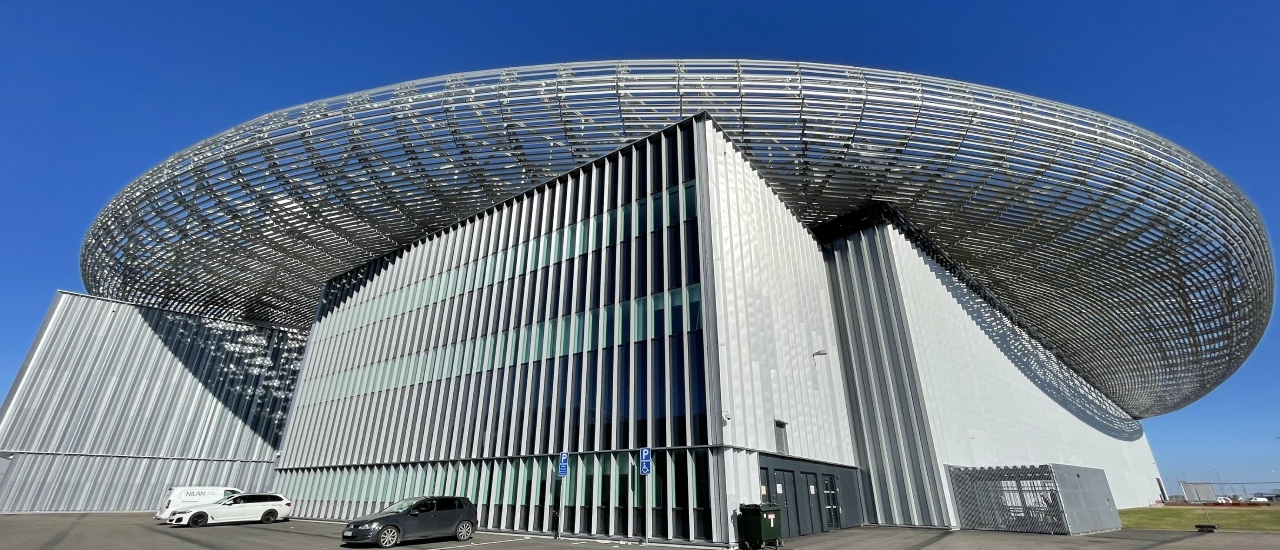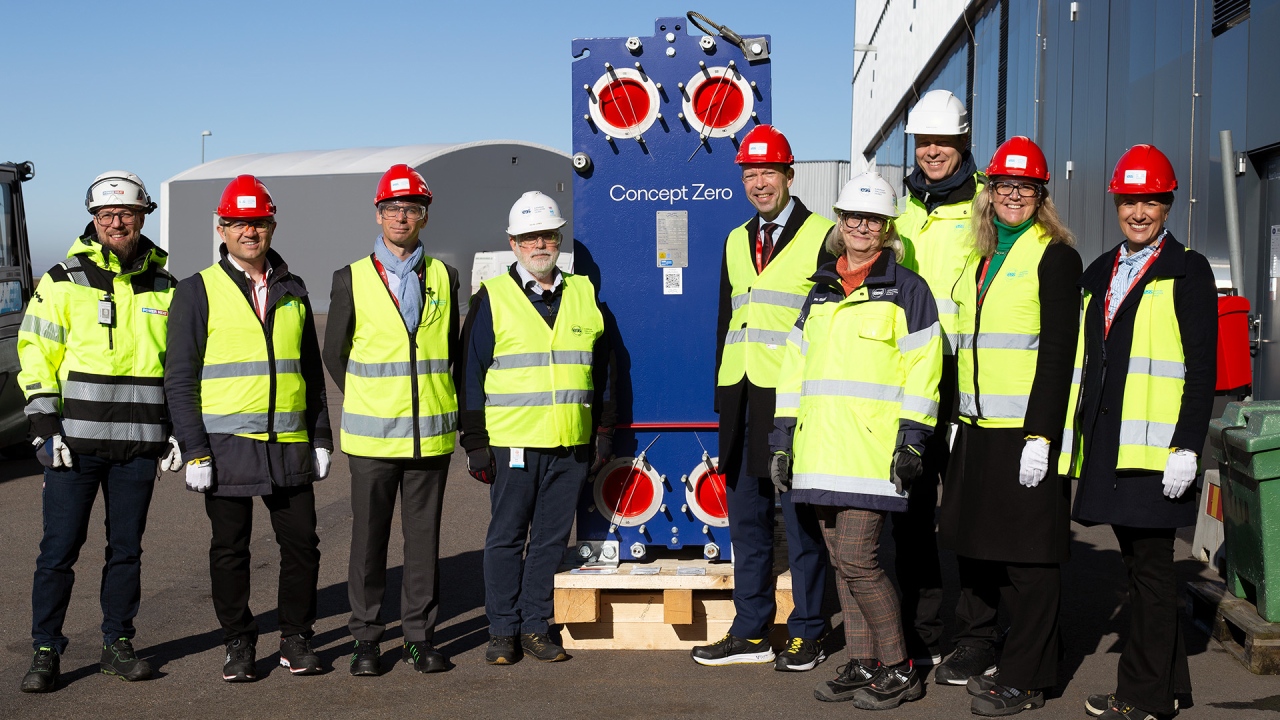Other news
SSAB becomes part of solution to recover waste heat from ESS to warm parts of Skåne county
March 12, 2024 13:22 CET 6 min read

SSAB and Alfa Laval are joining E.ON and Kraftringen to help retrieve massive amounts of residual heat emitted from the advanced machines of the European Spallation Source (ESS) facility, soon-to-be the world’s most powerful neutron source. The waste heat will be recovered by Alfa Laval heat exchangers, partly built with emission-free SSAB Zero TM steel, and used to supply district heating to parts of Skåne county in southern Sweden.
